Author: Abhijeet Pandey
-
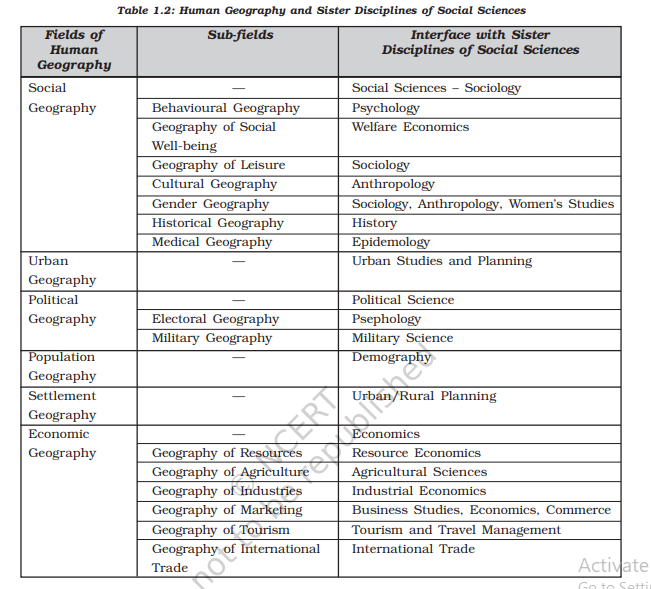
Human Geography: Definitions, Nature and Scope
Human geography attempts to explain the relationship between all elements of human life and the space they occur over. Some Human Geography Definitions Human geography is the synthetic study of relationship between human societies and earth’s surface. –Ratzel (German Geographer) “Human geography is the study of “the changing relationship between the unresting man and the unstable earth.”…
-

World Physical Geography MCQ Question Bank with Answers for NET/JRF and other Exams
World Physical Geography MCQ Question Bank with Answers of about 600 question answers will make your revision strong. If you are preparing for NET/JRF, UPSC Civil Services, SSC, Railway or just want to enhance your GK and GS knowledge, you can opt for this Geography note made by Abhijeet Pandey (NET/JRF and a Research scholar).…
-

Introduction to Quantification and its Approaches
Quantification is a mean to bring precision in any scientific inquiry. Its use in geography has given new dimensions to geographic research and has played a significant role in the development of the subject. Quantification is an approach in the observation of a phenomenon. We can observe a phenomenon qualitatively as well as quantitatively. Whereas…
-
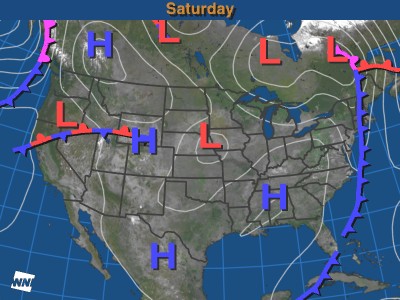
Geographical Maps: Fundamental, Projection and Map Scales
A map can be simply defined as a graphic representation of the real world. This representation is always an abstraction of reality. Because of the infinite nature of our Universe it is impossible to capture all of the complexity found in the real world. For example, topographic maps abstract the three-dimensional real world at a…
-
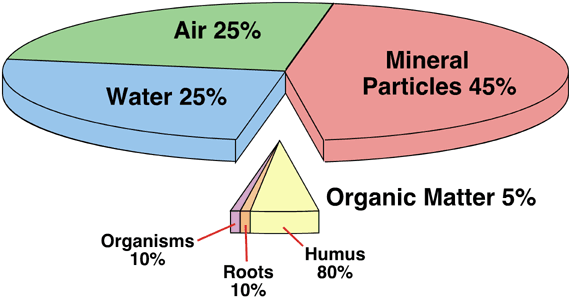
Introduction to Soil: Formation, Texture, pH, Profile, Translocation and Color
An important factor influencing the productivity of our planet’s various ecosystems is the nature of their soils. Soils are vital for the existence of many forms of life that have evolved on our planet. For example, soils provide vascular plants with a medium for growth and supply these organisms with most of their nutritional requirements.…
-

Important Definitions: Species, Populations, Communities and Ecosystems
Scientists have recognized that life can be organized into several different levels of function and complexity. These functional levels are: species, populations, communities, and ecosystems. Species Species are the different kinds of organisms found on the Earth. A more exact definition of species is a group of interbreeding organisms that do not ordinarily breed with…
-

Composition of Different Gases in Earth’s Atmosphere: Climatology
Among 8 planets of our solar system, only Earth has the atmosphere suitable for the survival of creatures and plants. So, let’s talk about the proportion of different gases present in our Earth’s atmosphere. Table 1 lists the eleven most abundant gases found in the Earth’s lower atmosphere by volume. Of the gases listed, nitrogen,…
-
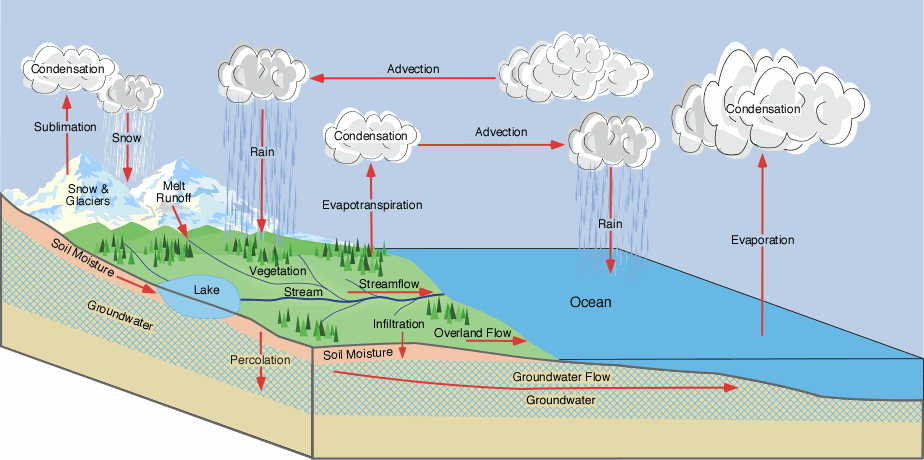
Concept of Hydrologic Cycle with Image: Oceanography
The hydrologic cycle is a conceptual model that describes the storage and movement of water between the biosphere, atmosphere, lithosphere, and the hydrosphere (see Figure 8b-1). Water on this planet can be stored in any one of the following reservoirs: atmosphere, oceans, lakes, rivers, soils, glaciers, snowfields, and groundwater. Figure 8b-1: Hydrologic Cycle. Water moves…
-
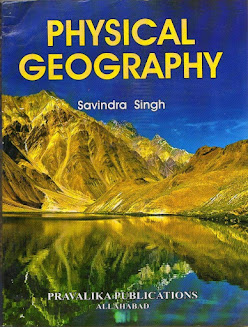
Important Geography Books for NET/JRF, UPSC Civil Services, Assistant Professor and other Competitive Exams
Best Physical Geography Books for all competitive exams in India > Physical Geography by Savindra Singh (former Professor, Allahabad University, India) Buy Now > Combined NCERT Class 11th-12th Physical and Human Geography Buy Now If you want to learn more Geography, please follow Geography Bees on Facebook Happy Learning 🙂
-
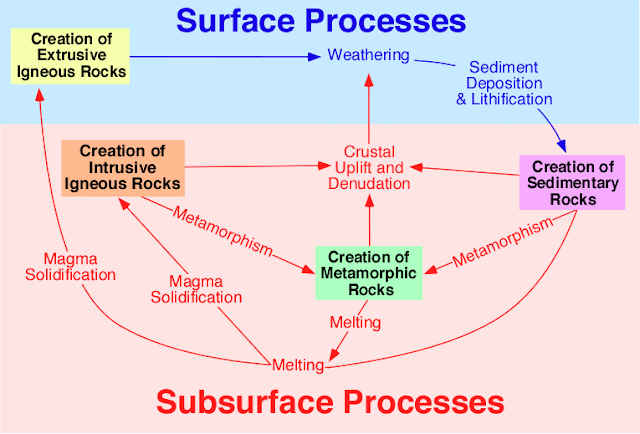
Concept of Rock Cycle Explained: Physical Geography
The rock cycle is a general model that describes how various geological processes create, modify, and influence rocks (Figure 10a-1). This model suggests that the origin of all rocks can be ultimately traced back to the solidification of molten magma. Magma consists of a partially melted mixture of elements and compounds commonly found in rocks.…
